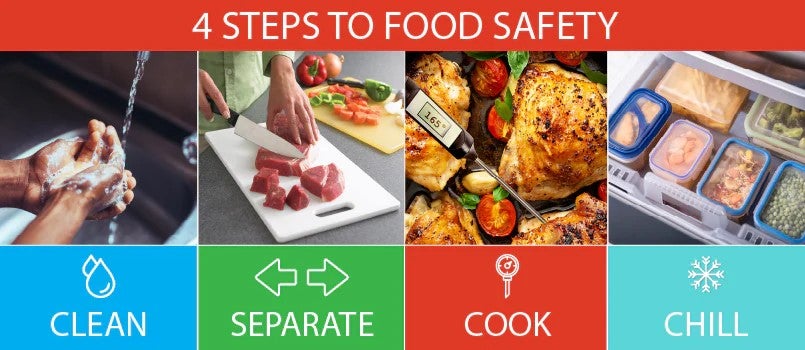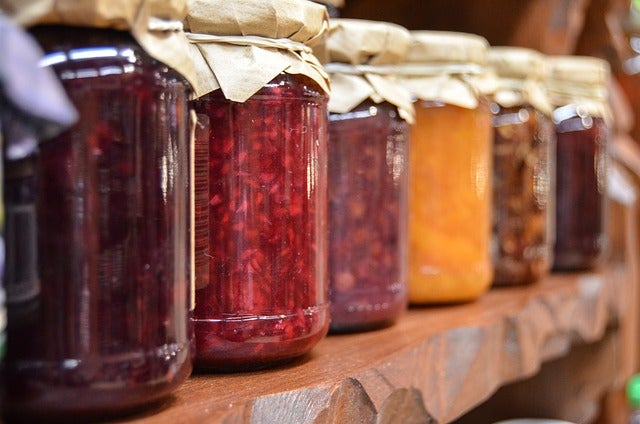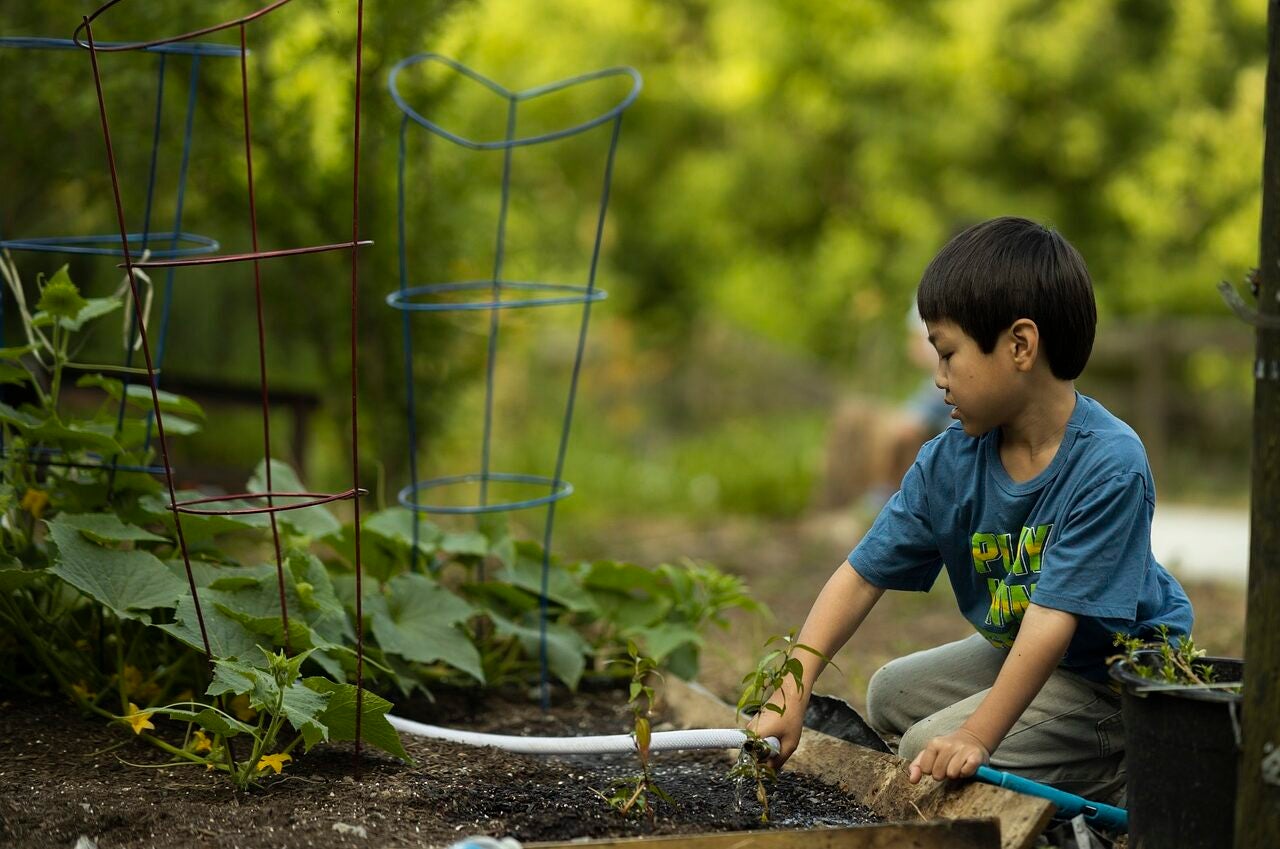According to the Center for Disease Control and Prevention, it is estimated that each year 48 million people get sick from a foodborne illness, 128,000 are hospitalized and 3,000 die. Following these four simple steps at home can help protect you and your family from food poisoning.

Power Outage and Food Safety
During emergencies or disasters, it’s important to protect yourself from foodborne illnesses. Perishable foods may become unsafe if power outages occur, and any food that comes into contact with floodwater or stormwater could also pose a risk. Ensuring food safety during and after a power outage is crucial to prevent foodborne illnesses. Here are key guidelines to follow:
Before a Power Outage:
- Prepare Your Appliances: Ensure your refrigerator is set at or below 40°F (4°C) and your freezer at 0°F (-18°C) or lower.
- Freeze Water Containers: Place containers of water in your freezer to create ice, which can help keep food cold during a power outage.
During a Power Outage:
- Keep Doors Closed: Avoid opening the refrigerator and freezer doors to maintain the cold temperature. An unopened refrigerator will keep food safe for about 4 hours, while a full freezer will maintain its temperature for approximately 48 hours (24 hours if half full).
After Power is Restored:
- Check Temperatures: Use a food thermometer to check the temperature of perishable items. Discard any perishable food (such as meat, poultry, fish, eggs, and leftovers) that has been above 40°F (4°C) for more than 2 hours.
- Assess Frozen Foods: If the freezer thermometer reads 40°F (4°C) or below, the food is safe and can be refrozen. If you don’t have a thermometer, check each package; if the food still contains ice crystals or is at 40°F (4°C) or below, it is safe to refreeze or cook.
- When in Doubt, Throw It Out: If you’re uncertain about the safety of any food item, it’s best to discard it to prevent potential foodborne illness.
Additionally, the Centers for Disease Control and Prevention (CDC) offers comprehensive guidelines on food safety during emergencies:
By following these steps, you can help ensure that your food remains safe to consume after a power outage.


